
 2,700 ft high ... the Burj Dubai.
2,700 ft high ... the Burj Dubai.
THE Burj Dubai tower, the world’s tallest building whose needle-shaped upper section is visible from 15 km away, will be launched in January marking a milestone for the construction industry in the emirate.
The 2,700-ft-tall skyscraper is the centrepiece of a $20-billion new shopping district, Downtown Burj Dubai, which also includes 30,000 apartments and the Dubai Mall, which claims its space for 1,200 shops making it the world’s biggest indoor shopping centre.
Developer Emaar has announced that the tower will open on January 4 to commemorate the accession of HH Sheikh Mohammed bin Rashid Al Maktoum – who is also Vice President and Prime Minister of the UAE – to power as Dubai’s Ruler.
Under construction since 2004, the opening of the steel-and-glass landmark has unofficially been put back from late 2008, but no further delay is likely by Emaar, which has not escaped the impact of the global property downturn, like the rest of the construction industry in Dubai.
Nakheel, the developer of the 3-km-long Palm Jumeirah island, halted plans for two more islands even before its credit woes were broadcast around the world last month. The company’s $3.5-billion Islamic bond, due for repayment on December 14, is the main deal immediately affected by parent company Dubai World’s debt standstill.
All over Dubai, work is still in progress on dozens of more modest projects, although most are buildings near completion, with the scaffolding only remaining around the upper storeys.
The World, an enormous project for artificial islands shaped like the continents, is now no more than a group of sandbanks, and no one expects Nakheel to go ahead with a 1-km-tall tower announced a year ago.
Market research company Proleads has estimated that projects worth $582 billion or 45 per cent of the value of all developments, have been put on hold in Dubai or the other members of the UAE. Analysts say plunging property prices and weak demand had already put a dampener on new schemes even before the shock announcement by state-owned Dubai World that it wants to halt debt payments for six months.
Meanwhile, the Burj Dubai will now be measured from the lowest of its three main entrances – which opens into the entrance lobby for the tower’s corporate suite office function.
This is to meet new stipulations of The Council on Tall Buildings and Urban Habitat (CTBUH) that will have an impact on both the height of tall buildings and their relative international height rankings.
The new criteria says: “Height is measured from the level of the lowest, significant, open-air, pedestrian entrance to…” accommodating the increasing number of multi-use tall buildings with often several different entrances at different levels.
The revised criteria recognises heights of tall building height in three categories:
• Height to architectural top, which is measured to the topmost architectural feature of the building including spires, but not including antennae, signage, flag poles or other functional-technical equipment;
• Height to highest occupied floor which is measured to the level of the highest, consistently-occupied floor in the building (thus not including service or mechanical areas which experience occasional maintenance access); and
• Height to tip, measured to the highest point of the building, irrespective of material or function of the highest element.


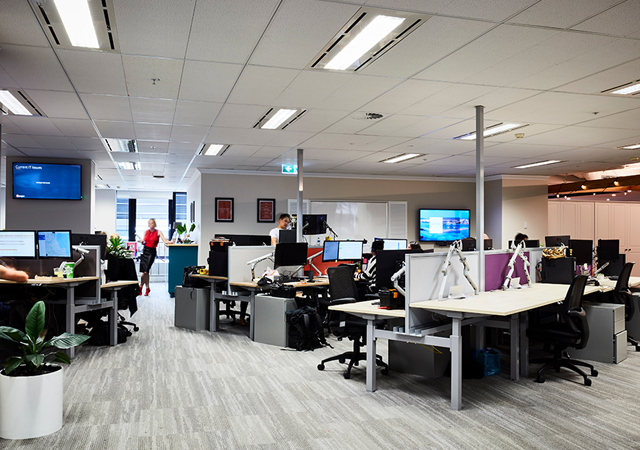
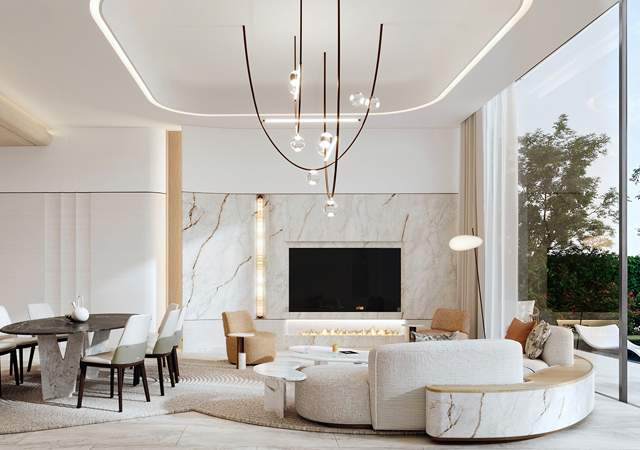
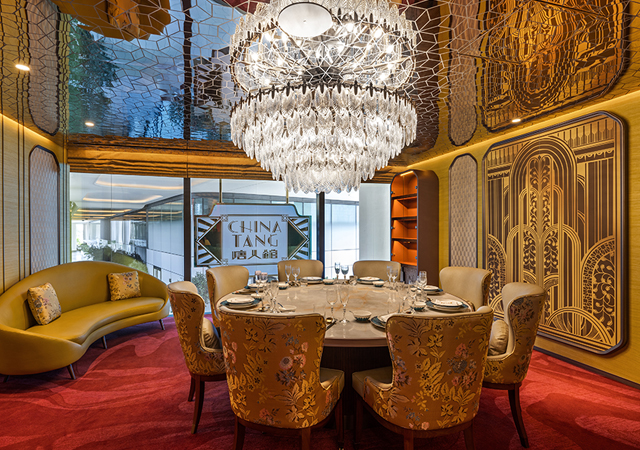
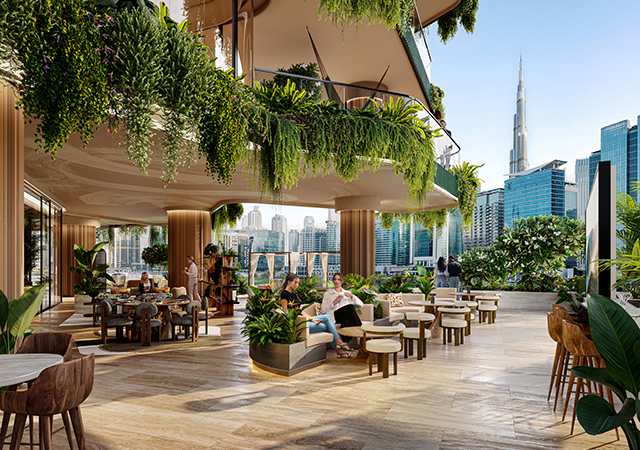
.jpg)

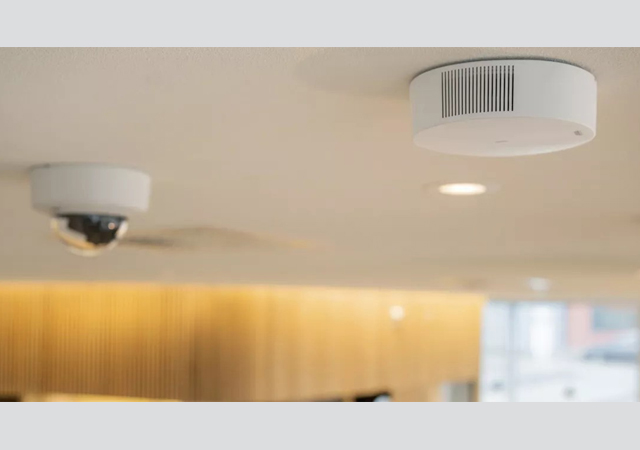


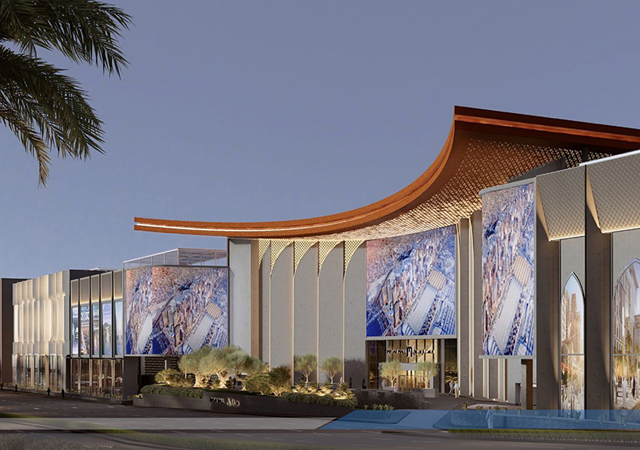
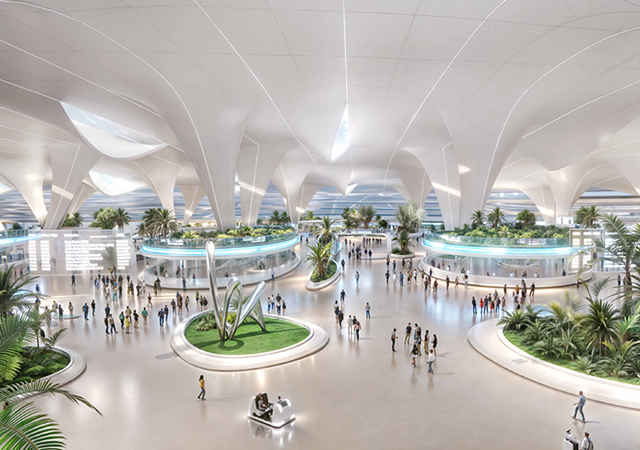
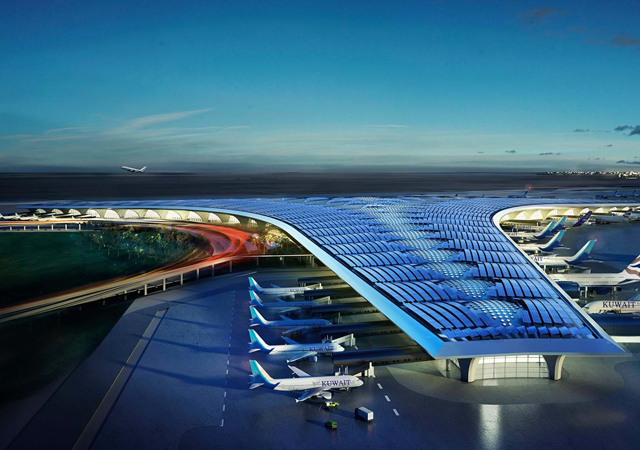
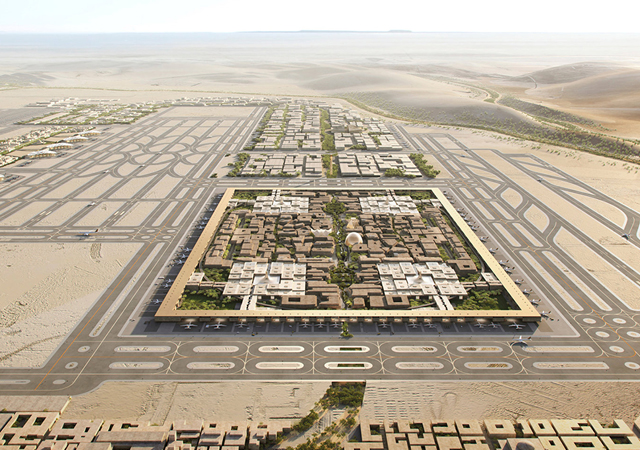
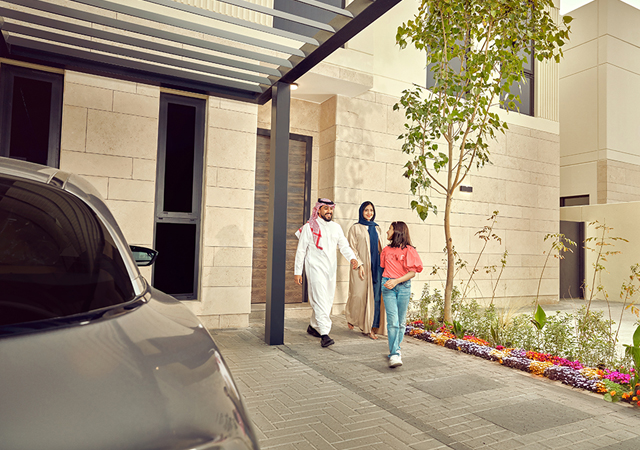
.jpg)


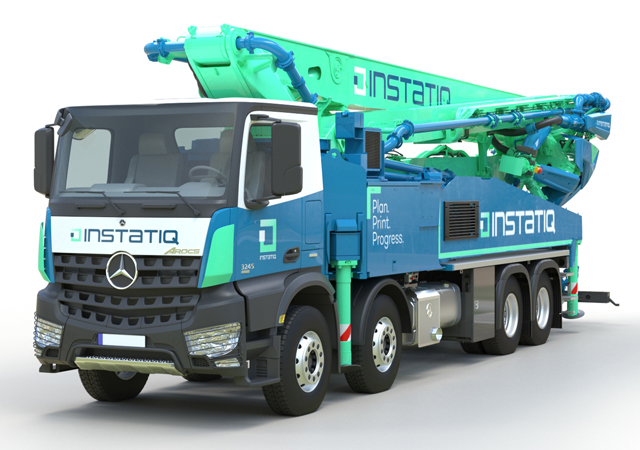

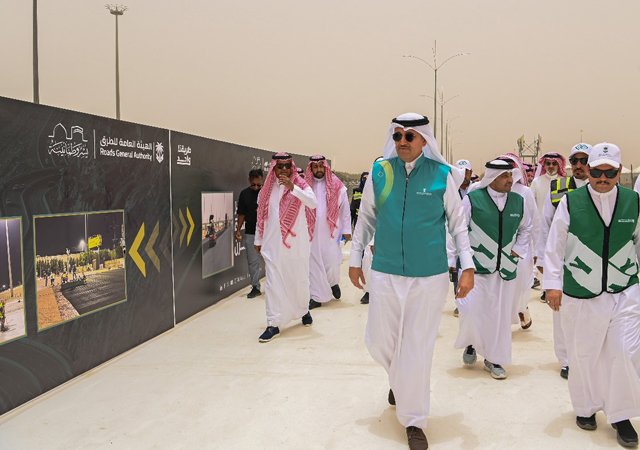




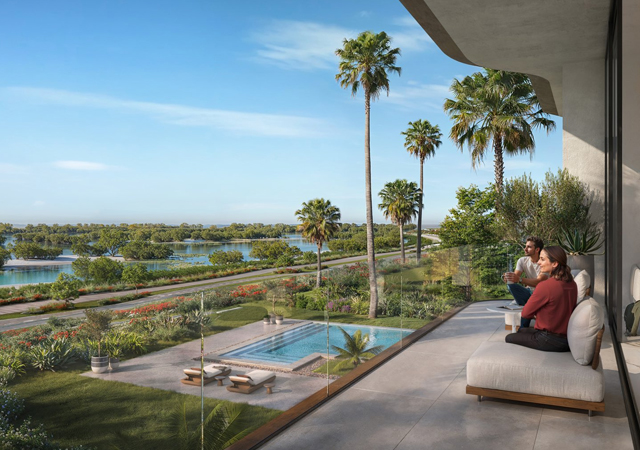
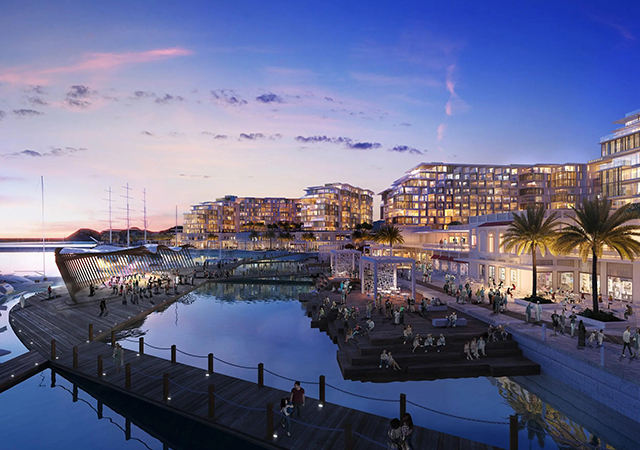

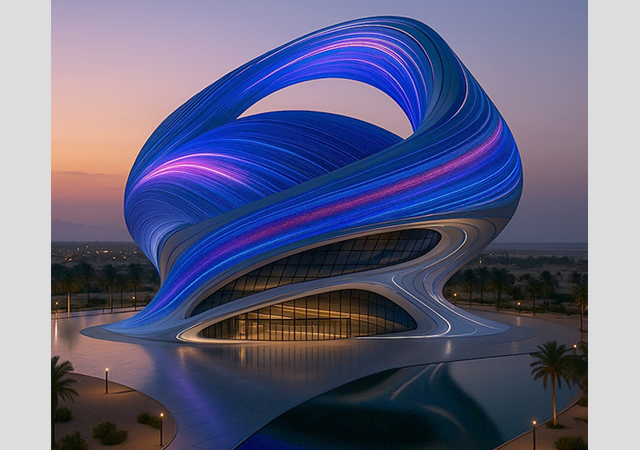
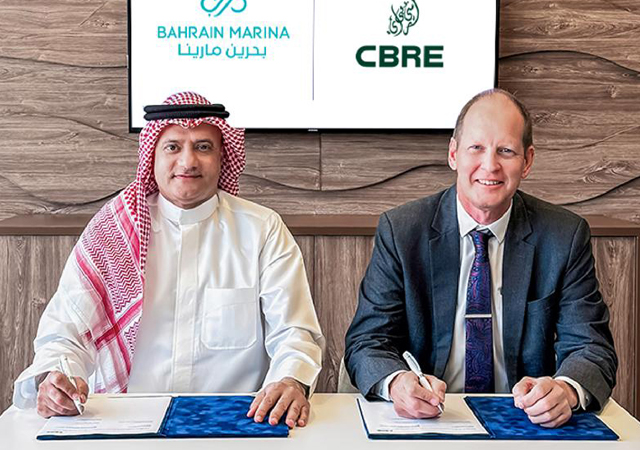
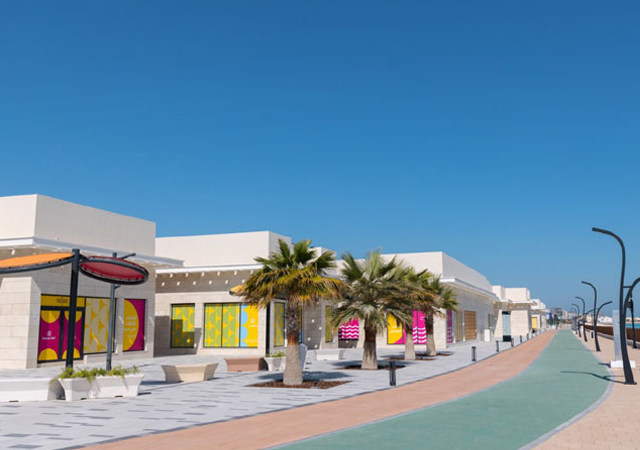
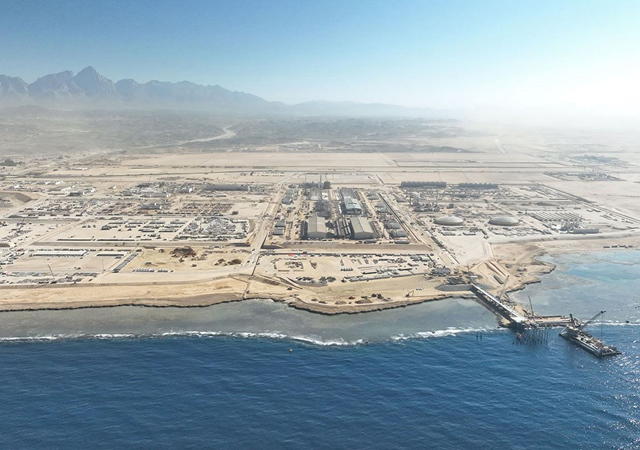

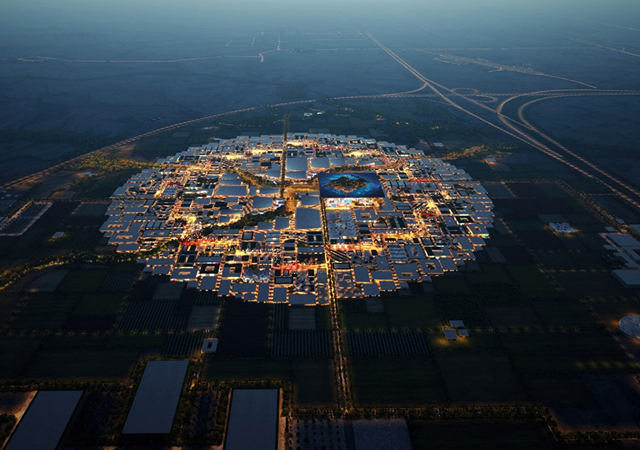
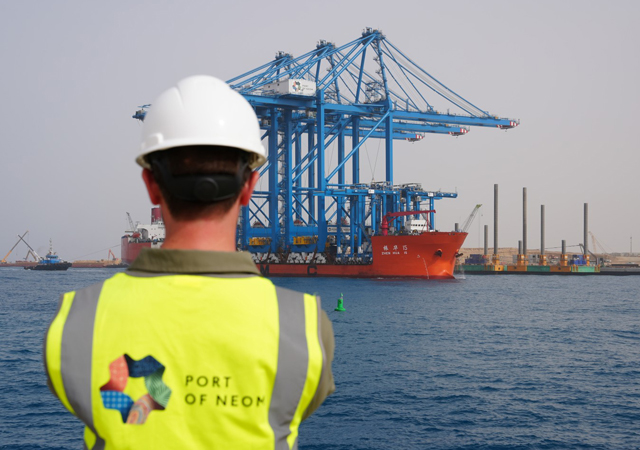
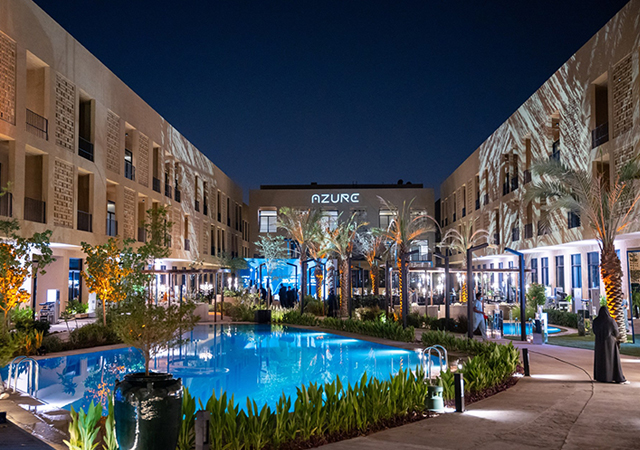
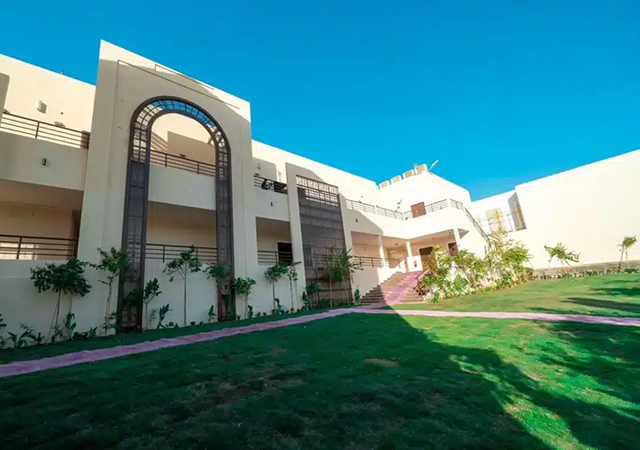

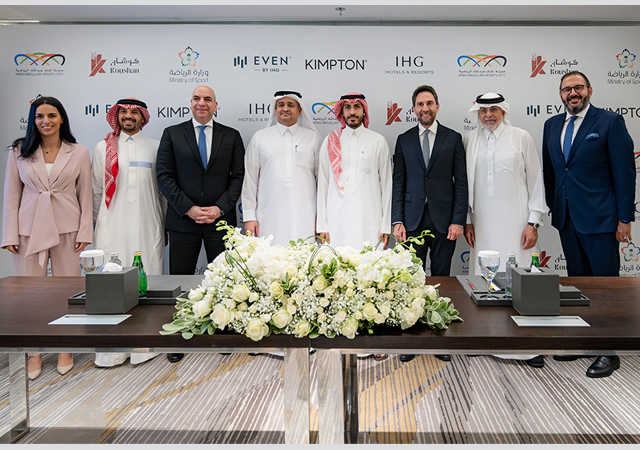
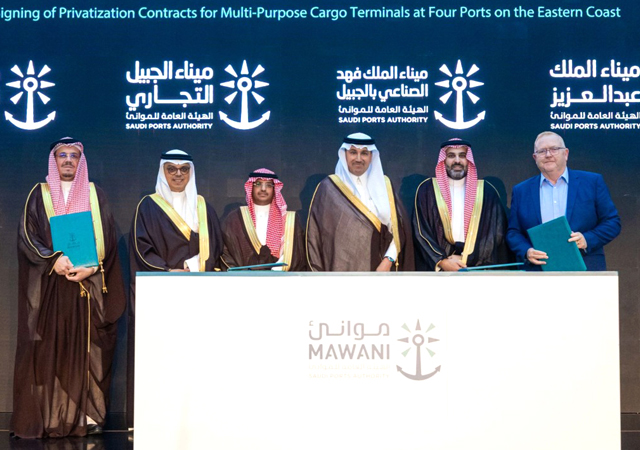
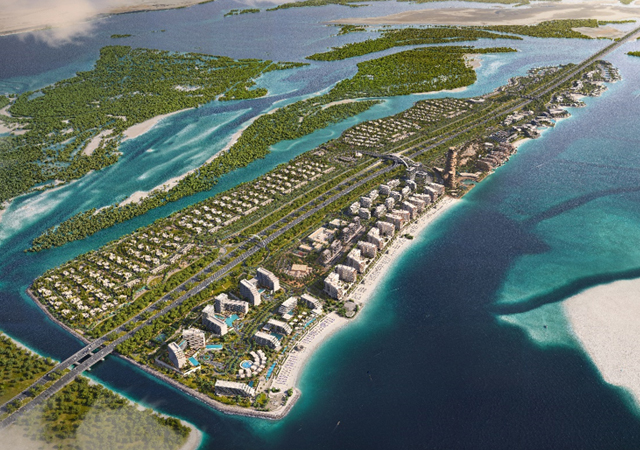
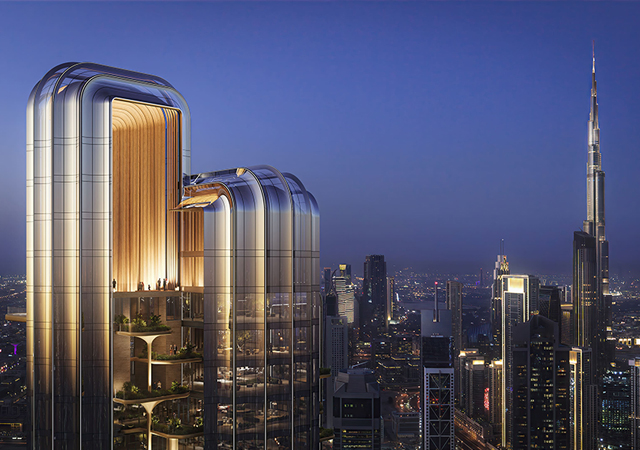
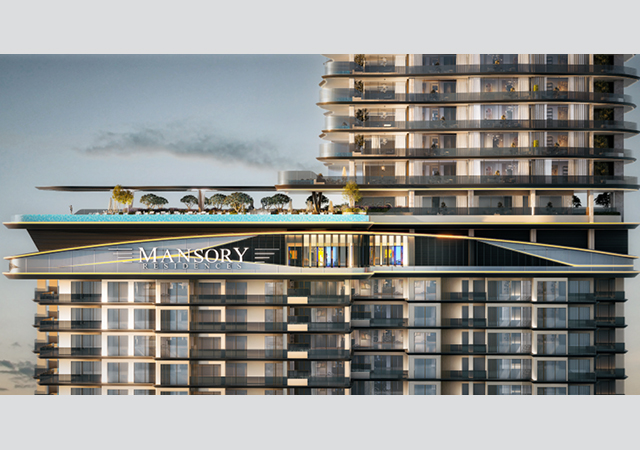
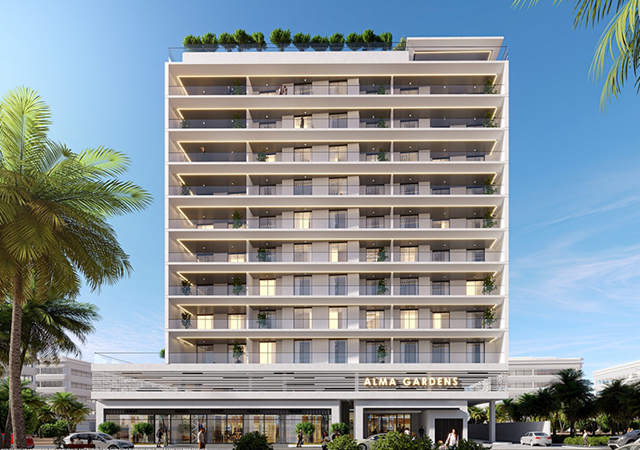
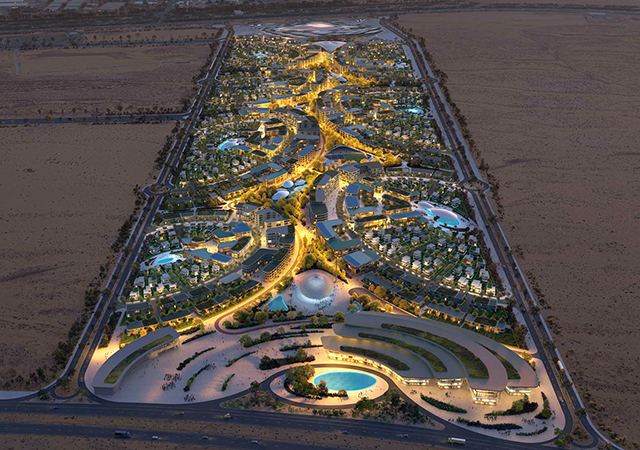
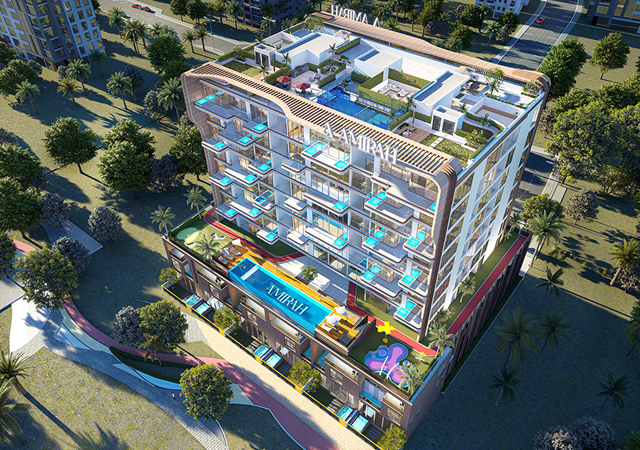
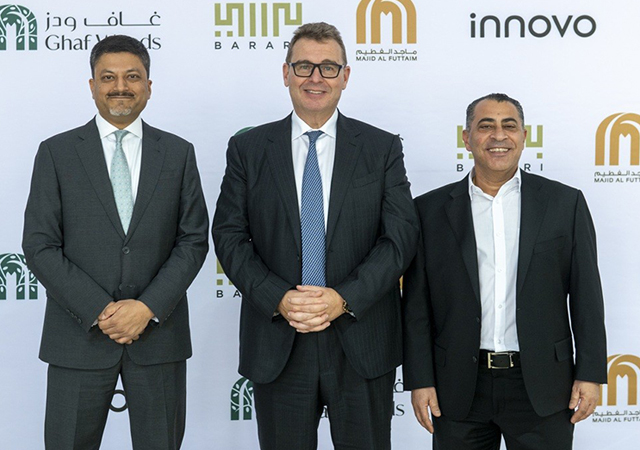
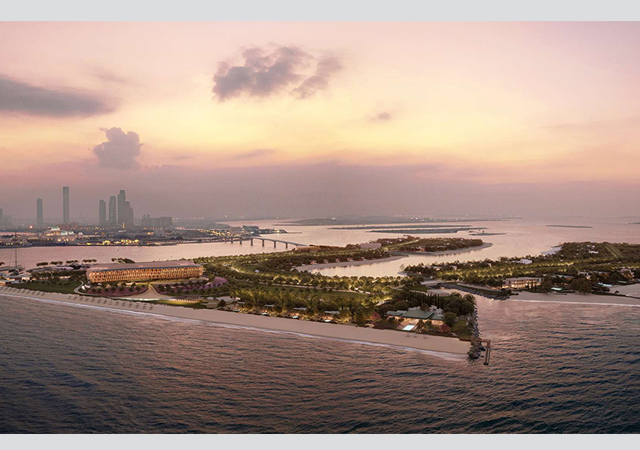
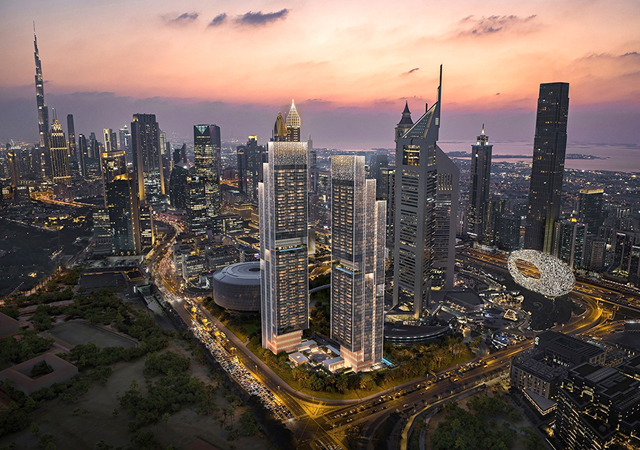
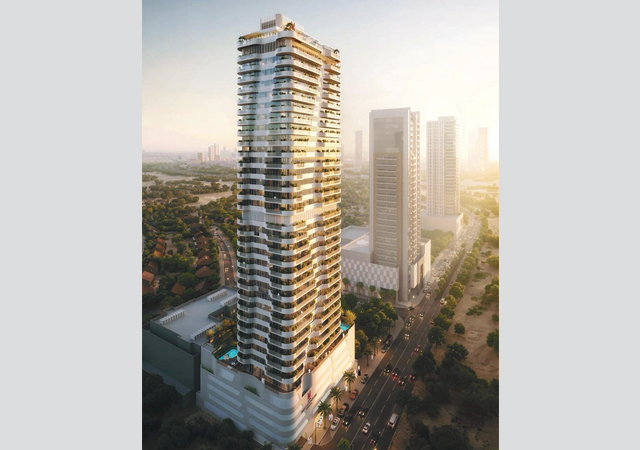

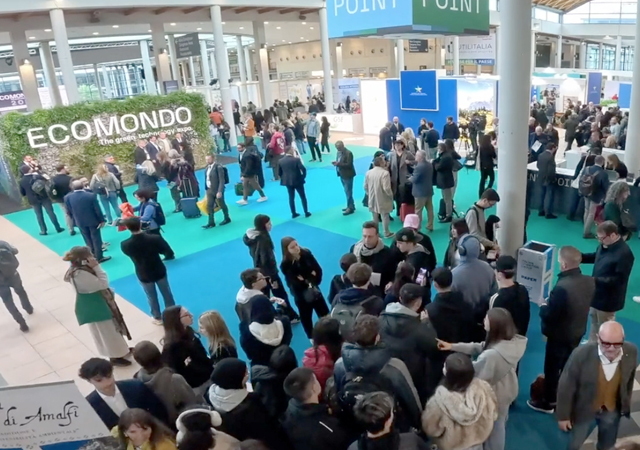
.jpg)






